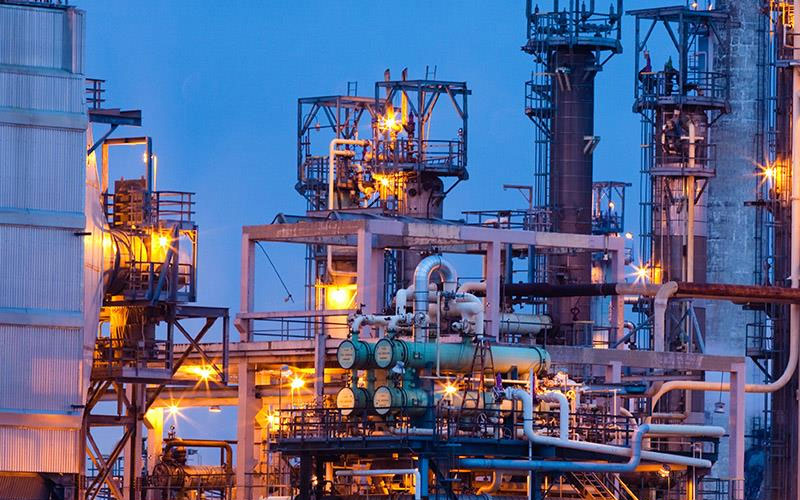The main functions of the switch include physical addressing, network topology, error checking, frame sequence, and flow control. The switch also has some new functions, such as support for VLAN (virtual local area network), support for link aggregation, and some even have the function of firewall.
study:
The Ethernet switch understands the MAC address of the device connected to each port, and maps the address with the corresponding port and stores it in the MAC address table in the switch cache.
Forwarding/filtering:
When the destination address of a data frame is mapped in the MAC address table, it is forwarded to the port connected to the destination node instead of all ports (if the data frame is a broadcast/multicast frame, it is forwarded to all ports)
Eliminate loops:
When the switch includes a redundant loop, Ethernet switches avoid loops through the spanning tree protocol, while allowing backup paths to exist.
In addition to connecting the same type of network, the switch can also play an interconnection role between different types of networks (such as Ethernet and Fast Ethernet). Many switches today can provide high-speed connection ports that support Fast Ethernet or FDDI, etc., for connecting other switches in the network or providing additional bandwidth for critical servers that consume a large amount of bandwidth.

GE IS215VPROH1BD New AUTOMATION Controller MODULE DCS PLC Module
 中文版
中文版




